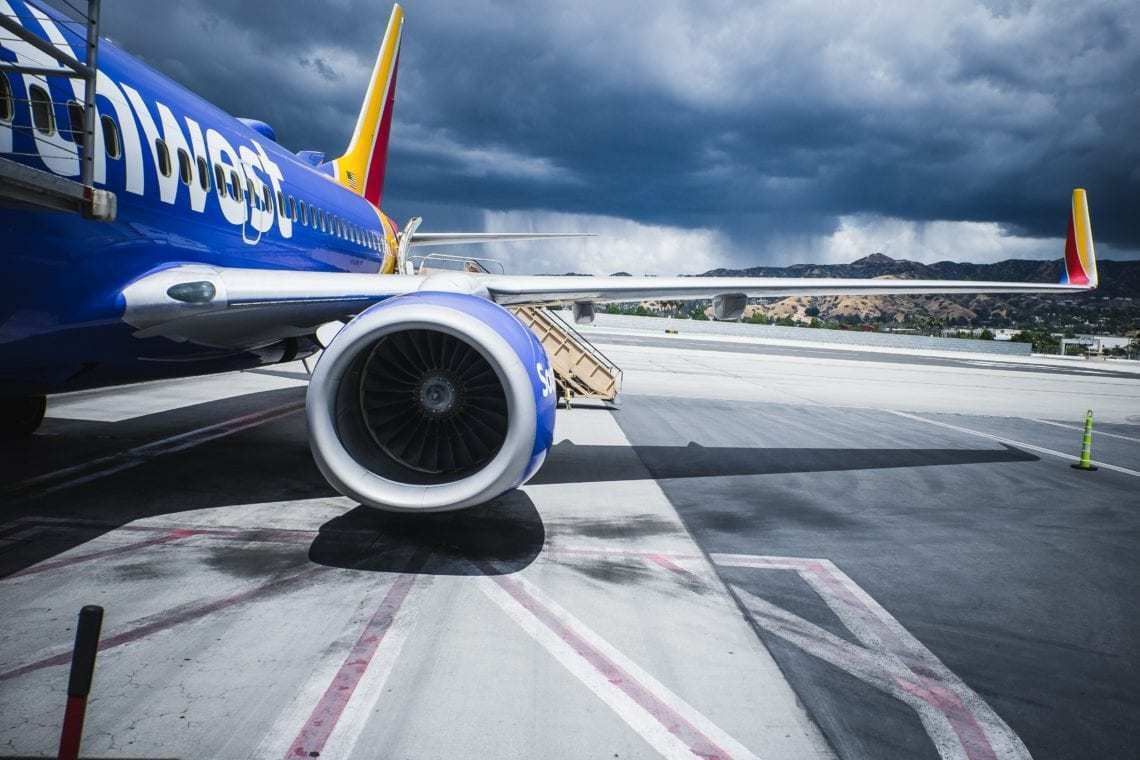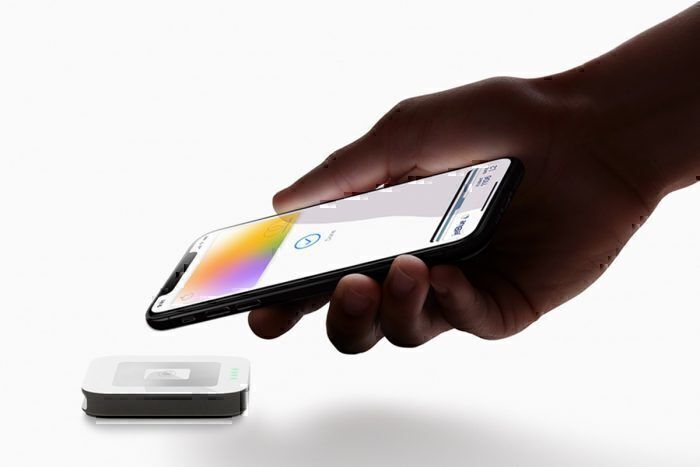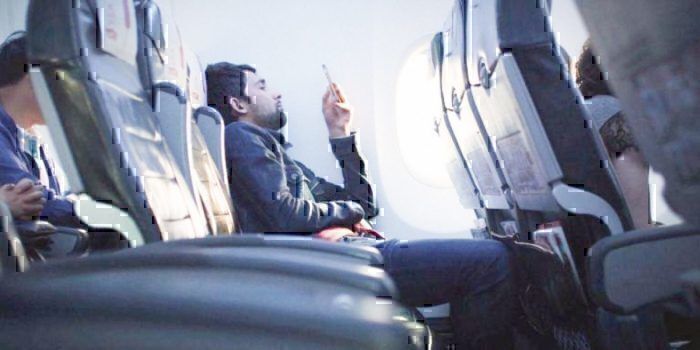The recent move by Southwest Airlines to introduce Apple Pay for tickets and ancillary services has widely been regarded as a benchmark of modern times. With many customers almost expecting to be able to use their favorite payment method, It’s only a matter of time before more airlines add facilities such as this to bookings and ancillary purchases. Simple Flying caught up with the company powering Apple Pay on Southwest Airlines to get the inside story into alternative payments for airlines.
Powering Apple Pay on Southwest
Southwest’s new Apple Pay provision is powered by a company called CellPoint Digital. As well as Southwest, CellPoint works with numerous other airlines, including Ethiopian Airlines, Viva Air, Philippine Airlines, Malindo Air, and Emirates. Their payment control platform, Velocity, promises a seamless experience for passengers as well as a way for airlines to boost ancillary revenue.
Simple Flying spoke with CEO of CellPoint Digital, Kristian Gjerding, who told us how important this type of innovation is and will be for airlines in the future:
“Mobile payments, like Apple Pay, are not only the key to meeting passenger expectations and enabling a seamless path to purchase; they’re instrumental to growing ancillary revenues. The growth of mobile means that travelers always have a point of sale right in their pockets. So, they can instantly purchase bags, upgrade seat assignments, pre-order flight meals and more.”
For Southwest Airlines, Apple Pay was a natural go-to choice for payment processing. As the most popular digital wallet in the US, Apple was a top choice. However, it’s not the only payment method out there. But, as Gjerding told us, Southwest can choose to add more payment services in the future, including PayPal, Google Pay and others.
“With the right portfolio of payment methods, airlines can improve sales, increase revenue per customer, improve conversion rate, reduce the average cost per payment transaction and lower the cost to serve the travelers,” said Gjerding.
One in five customers will leave the booking experience
Gjerding explained that, for airlines, having a convenient payment method for its passengers is more than just a nice addition. For some passengers, being able to make their payment in a way they find accessible is a make or break situation.
“Today’s passengers expect that airlines will let them pay how they want, when they want. 15% to 20% of customers will leave the booking experience if their preferred payment method is not accepted, whether its credit cards or alternative forms of payment.”
However, for some airlines, just instigating Apple Pay or something similar might not be enough. Gjerding says that, for international carriers in particular, it may be necessary to add as many as 30 or more different payment methods to satisfy all their various markets.
“Global digital wallets like Apple Pay are convenient but should be offered in tandem with local alternative forms of payment specific to each region to effectively penetrate foreign markets. For example, Alipay and WeChat Pay are widely popular in China, Boletos are a must in Brazil, while PayTM is prevalent in India.
“Airline brands must adapt their existing payment methods to passenger geographies at the regional level. That's why our payment control platform allow airlines to execute a sophisticated payment strategy by deploying additional payment features in weeks, not months, making it simple to add popular alternative forms of payment across all markets.”
What does the future of payment processing hold?
We asked Gjerding how the future of airline payment processing is shaping up. He told us that the future will bring even faster processing, with more customer personalization to offer preferred payment options based on previous interactions. While Velocity currently allows customers to store their card once and activate Face ID or Touch ID for validation, this could be even further improved upon in future. Gjerding said,
“The big gain will certainly come on the fraud screening side, where customer data coupled with Artificial Intelligence will enable travel brands to detect good customers upfront and therefore eliminate friction due to fraud screening procedures. On the customer interface side, voice recognition will certainly be used at some point to authenticate the customer using a voice-based channel.”
Although we may be some way away from “Hey Siri, book me the chicken on my next United flight”, it’s an interesting proposition, and not beyond the realms of imagination. We’re excited to see where digital and biometric payment methods head in the future.




